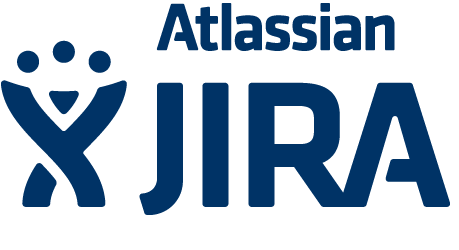Overview of TheVirtualBrain¶
TheVirtualBrain is a framework for the simulation of the dynamics of large-scale brain networks with biologically realistic connectivity. TheVirtualBrain uses tractographic data (DTI/DSI) to generate connectivity matrices and build cortical and subcortical brain networks. The connectivity matrix defines the connection strengths and time delays via signal transmission between all network nodes. Various neural mass models are available in the repertoire of TheVirtualBrain and define the dynamics of a network node. Together, the neural mass models at the network nodes and the connectivity matrix define the Virtual Brain.
TheVirtualBrain simulates and generates the time courses of various forms of neural activity including Local Field Potentials (LFP) and firing rate, as well as brain imaging data such as EEG, MEG and BOLD activations as observed in fMRI.
TheVirtualBrain is foremost a scientific simulation platform and provides all means necessary to generate, manipulate and visualize connectivity and network dynamics. In addition, TheVirtualBrain comprises a set of classical time series analysis tools, structural and functional connectivity analysis tools, as well as parameter exploration facilities by launching parallel simulations on a cluster.
Helpful external resources¶
The TVB main website on www.thevirtualbrain.org contains a lot of helpful resources:
Download TVB software packages for macOS, Windows and Linux.
Learn about the scientific background and clinical applications of TVB.
Watch dozens of TVB EduCases with video lectures, explaining the software step by step.
Read the TVB blog about the latest news and achievements.
Follow international TVB events to meet other developers and scientists working with TVB.
If you’re familiar with Docker and/or Python environments, you can try early releases of the TVB software:
We publish Docker containers on the TVB DockerHub.
We publish Python packages on the TVB PyPI profile.
These versions of TVB are updated more frequently and contain all the latest new features and bugfixes. You can follow all the latest changes on our GitHub page.
On CERN’s data sharing platform Zenodo, we offer various demonstration datasets, readily packaged for usage with The Virtual Brain software.
If you have specific questions, also about how to use TVB for your current research activity, you can use our public discussion forum, which doubles as a mailing list if you prefer this channel.
In this forum, you can meet and discuss with other TVB users, as well as experts from our own support team. It’s a perfect place to ask things like “Does anyone else see that both the EEG and the BOLD have similar shape in terms of the 1/f type of drop off towards the higher frequency range?”.
We are grateful to¶
our contributors (check their names on GitHub)
our sponsors (check their names on the our sponsors page)
all 3rd party tools that we used (licenses are also included in TVB_Distribution)
JetBrains for PyCharm IDE
Jenkins team for their continuous integration tool
Atlassian company for Jira software
and to you for reading these :-)



